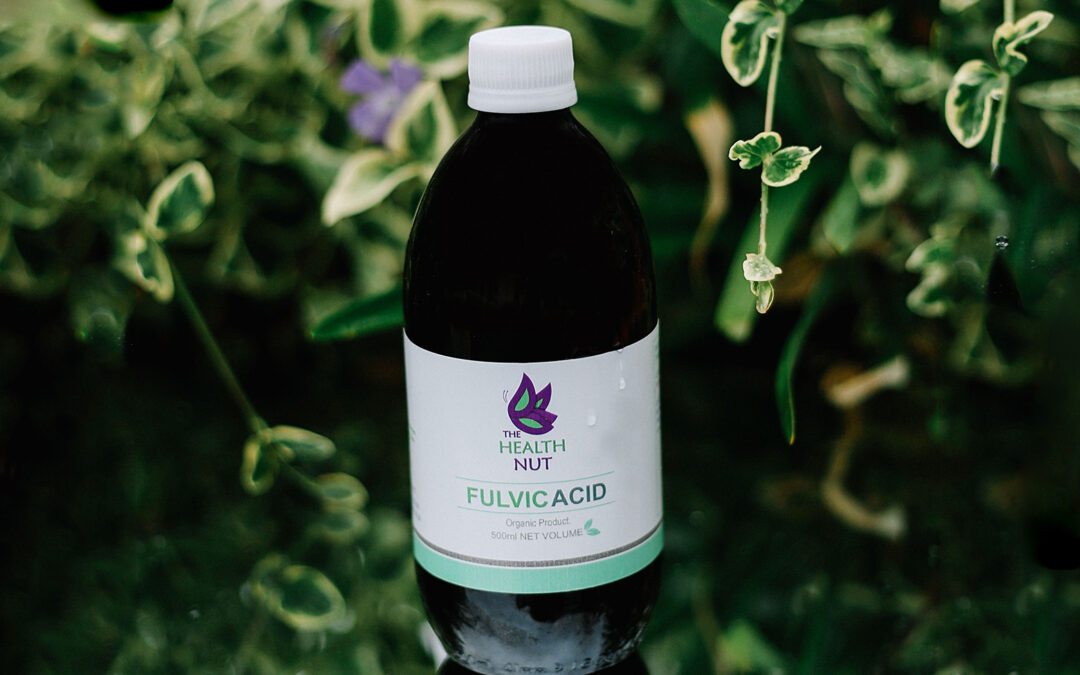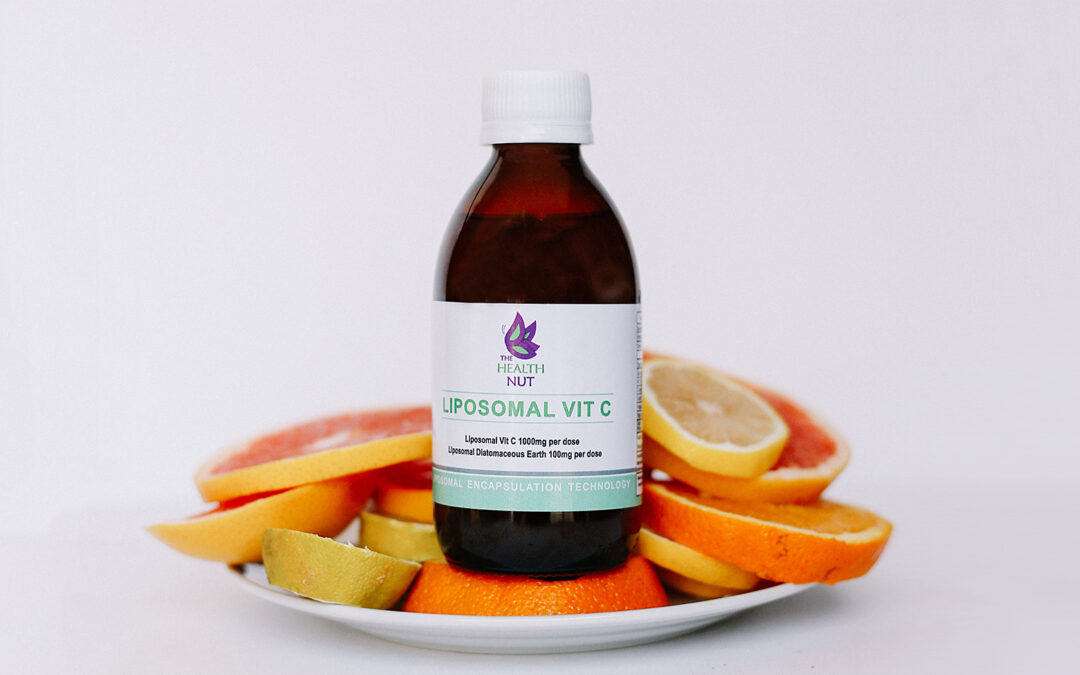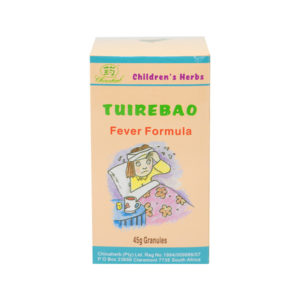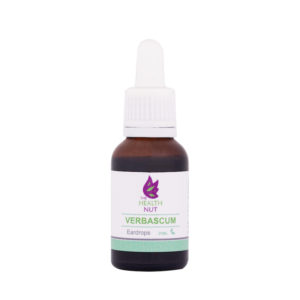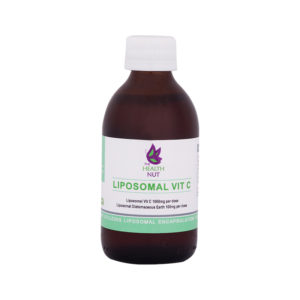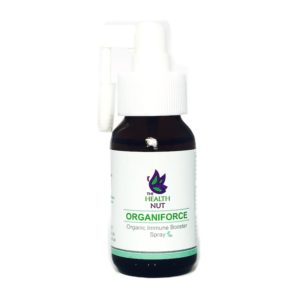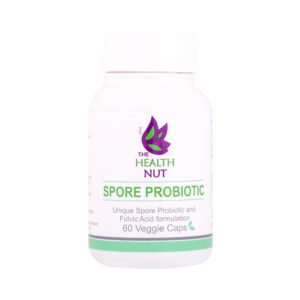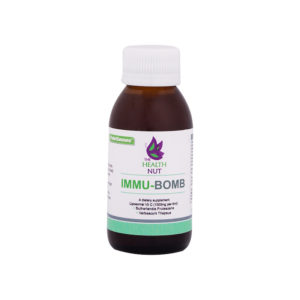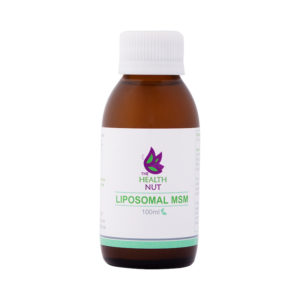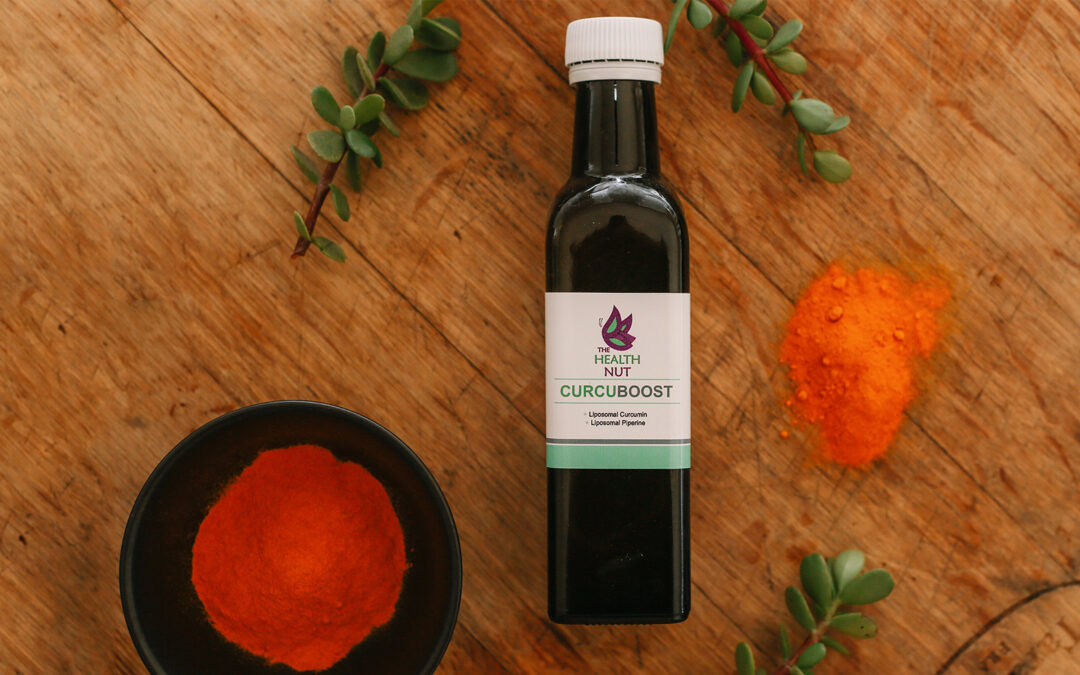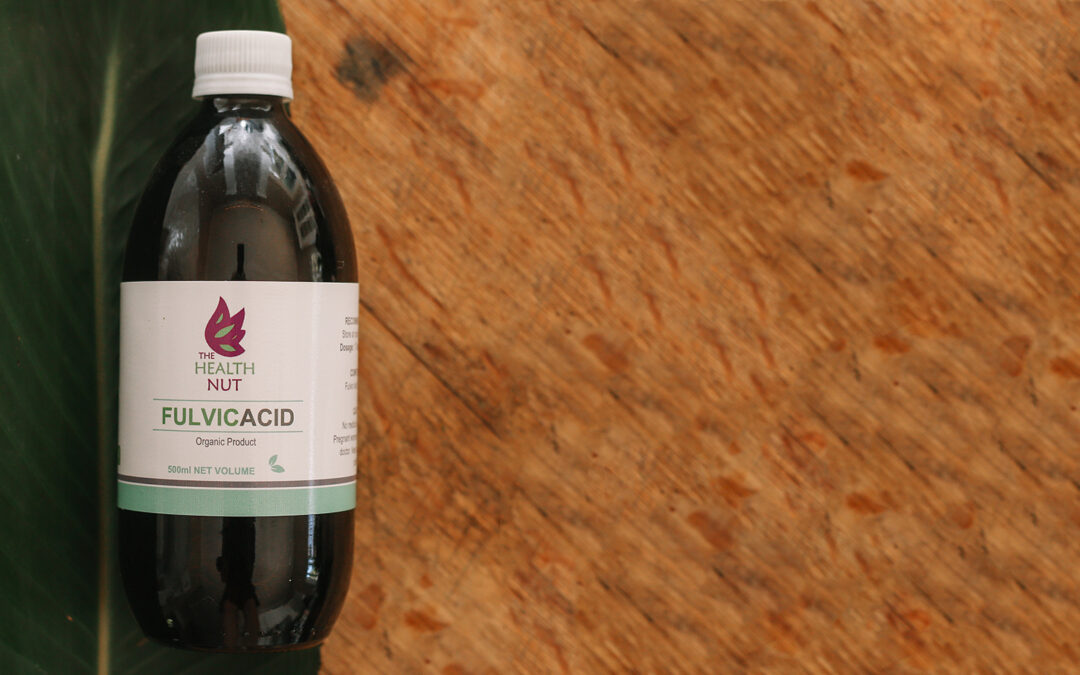Fulvic Acid as a Potent Antiviral
Research shows that humic acid, of which fulvic acid forms part, binds so strongly to viruses that it can actually displace them from a cell surface. In vitro studies have shown, for example, that if you allow herpes simplex viruses to attach to host cells and then add humic acid to the solution, it will displace viruses from infected cell surfaces. That is, humic acid has a greater affinity for the virus than the virus does for the host cell. Thus, humic acid can actually displace a virus even after it has attached itself to the surface of a cell.
The following article was originally posted by Michael Ash for the website of Clinical Education, a ‘Not for Profit’ organisation that brings a range of educational experiences to healthcare professionals. Follow Clinical Education by clicking on the following link: https://www.clinicaleducation.org/
The interview with Richard J Laub, MS, PhD, CChem, FRSC, was conducted by Focus Allergy Research Group.
*Note by Oshun Health: Humic Acids referred to in this article is the collective name for both humic acid and fulvic acid. In order to utilise humic acid, it is broken down to fulvic acid in the human gut. This is because humic acid is not soluble at the low pH (acidic) level of the stomach whereas fulvic acid is soluble at any pH level. The antiviral properties referred to in the article, therefore, applies to fulvic acid as well as humic acid.
An Interview with: Richard J Laub, MS, PhD, CChem, FRSC, is a chemist with nearly 150 peer-reviewed published research papers, sixteen patents, and numerous invited reviews and symposium presentations. He was formerly a professor of chemistry at The Ohio State University and San Diego State University, was a fellow of the Royal Society of Chemistry in London, England, was an Alcoa fellow in San Diego, and a Science Research Council fellow in Swansea, Wales. For the last 17 years, Dr. Laub has focused exclusively on sourcing, analysing, studying, extracting and purifying humic acid, a remarkable high-mineral, healing substance with potent antiviral properties, found in ancient soil deposits.
Focus: You have devoted the last 17 years of your life to researching humic acid, an extract of ancient organic soil deposits. These ancient soil deposits—named humus, or humin, from the Greek word for soil—can be found all over the world and contain highly-concentrated minerals and healing substances. It’s interesting that in essence, the soil that nourishes plant life–and later the plant that dies and becomes part of the soil–contains such potent healing substances. Can you give us some basic facts about humic and fulvic acids before we discuss the health benefits?
RJL: Both humic and fulvic acids are extracts from composted organic matter and prove to be excellent mineral supplements. They excel at providing all the trace minerals we need. Fulvic acid is a small and somewhat rigid molecule, with a molecular weight of about 1,500 daltons (a dalton is a unit of mass commonly used in chemistry). Humic acid is equally potent as a mineral supplement, but is a much heavier, bigger molecule. It weighs about 50,000 daltons. Humic acid is flexible, because it is made up of many chains of molecules. It looks a bit like a series of wagon wheels, one inside the other, with spokes going from one wheel to the next. This flexibility is a very important contributor to its antiviral properties.
Focus: What do these very different shapes—small and rigid, or large and flexible—mean in terms of human health?
RJL: Because of its size and flexibility, certain humic acids from particular soil deposits turn out to be potent, broad-spectrum antivirals. That is because humic acid contains many kinds of “functional groups” (specific groups of atoms) that can bind to a multitude of viruses. Research has shown certain humic acids to be effective in vitro against a wide range of viruses, including influenza, HSV, HIV, and others.
Focus: How exactly does humic acid bind to a virus?
RJL: Binding occurs through hydrogen bonding. Electropositive atoms attract electronegative atoms. These are the same forces that hold DNA together. What is remarkable is that humic acid, with its many kinds of functional groups, binds more strongly to viruses than do our own cells. Certain humic acids from certain soil deposits are essentially like a really, really sticky piece of Velcro. Viruses also have really sticky sites—that’s how they manage to bind to a host cell. When these two very sticky pieces of Velcro come together they bind together very strongly.
Focus: Can you explain what a virus does once it attaches to a cell receptor?
RJL: It essentially pokes a hole in the cell, and injects either its RNA or DNA–its genomic material–into the cell. At that point the virus has essentially spent itself, but the viral material inside the cell uses the cell’s machinery to create more viruses, which then leave the cell and go on to bind to and infect other cells.
Focus: What happens to a virus when it binds to humic acid instead of a cell surface?
RJL: Humic acid essentially neutralises a virus’s chemical “stickiness”. Doing so in turn prevents the virus from reproducing since it can no longer attach (“fuse”) to the surface of a host cell. The immune system can then begin to eliminate the virus (largely through the action of macrophages). Also, viruses don’t live forever: if not allowed to reproduce, influenza viruses, for example, die out in 36-48 hours.
Focus: What happens if viruses have already attached to your cells? Can humic acid help?
RJL: Humic acid binds so strongly to viruses that it can actually displace them from a cell surface. In vitro studies have shown, for example, that if you allow herpes simplex viruses to attach to host cells and then add humic acid to the solution, it will displace viruses from infected cell surfaces. That is, humic acid has a greater affinity for the virus than the virus does for the host cell. Thus, humic acid can actually displace a virus even after it has attached itself to the surface of a cell.
Focus: That’s quite amazing—that this natural substance can displace viruses that have already locked onto cells. Is this true of any humic acid from around the world?
RJL: No. Humic acid varies dramatically from site to site. Humic acids from different deposits have very different physicochemical properties. Just like coal—the coal from South Africa is very different in makeup than the coal from Birmingham in Britain. For instance, one of the better-known humic acid deposits in the United States occurs in the state of New Mexico, where humic acid is mined for agriculture–as a fertiliser–and also for the petroleum industry as a drilling mud additive. From an agricultural standpoint New Mexico humic acid is great, but it is not very effective at combating human viruses. A lot of the research I carried out in the early days was simply obtaining samples of humic acid from around the world and testing them to see which ones were efficacious against human viral disease. Remember, humic acid is the result of composted organic matter that is 50-100,000 years old, and that can be found almost anywhere—places where there are freshwater deposits and vegetation living around freshwater lakes, other places where there are saltwater deposits and decomposed organic matter at the edge of marine environments. Some humic acids come from decomposed forests, others from marshes, peat bogs, or scrub-brush. Any plant can be composted into humic acid, but the enormous variety of plant life means that each source of humic acid is unique.
Focus: Once you found the ideal antiviral humic acid, what did you do?
RJL: The next challenge was to purify and sterilise it without degrading it. When you first dig humic acid out of the ground it is dark-brown or even black. Shilajit is a very crude form of humic acid that has been used around the world for hundreds (if not thousands) of years. The most familiar form of humic acid looks like coal, and is sometimes called leonardite or brown coal—though it isn’t actually coal. So, the challenge was to extract the humic acid without damaging it. Methodologies suitable for sterilisation of the final processed product also took very considerable research and development. (The original microbes that created the humus are of course long since dead, but other bacteria and moulds flourish in such soil deposits.) Overall, ten solid years of research and development were required to identify a quality source of humic acid that could also be purified and sterilised without diminishing its effectiveness as a human antiviral agent.
Focus: If one takes humic acid orally, when do peak blood levels occur?
RJL: Peak levels occur at about four hours. By eight to twelve hours the substance is pretty much cleared out of the bloodstream.
Focus: Do you think it has any other special properties beyond being a great mineral source and a potent antiviral?
RJL: Some researchers claim it boosts the immune system, but I’m not convinced it does so directly. I think that humic acid’s wide spectrum of important trace minerals, coupled with its antiviral properties, result in a stronger immune system indirectly. Some of the trace minerals are present in very, very tiny amounts—just a few parts per million—but that’s exactly what we need to support enzyme functions among other things. I also think there are a lot of viruses we are all carrying that haven’t yet been identified (“stealth” viruses). But humic acid will bind to them, regardless.
Focus: That just shows you the broad-spectrum action of humic acid, so that it’s likely to work on many viruses we carry that have not yet been identified. I assume you take it yourself?
RJL: Of course. And I haven’t had a cold or the flu since 2004. Not one.
read more

